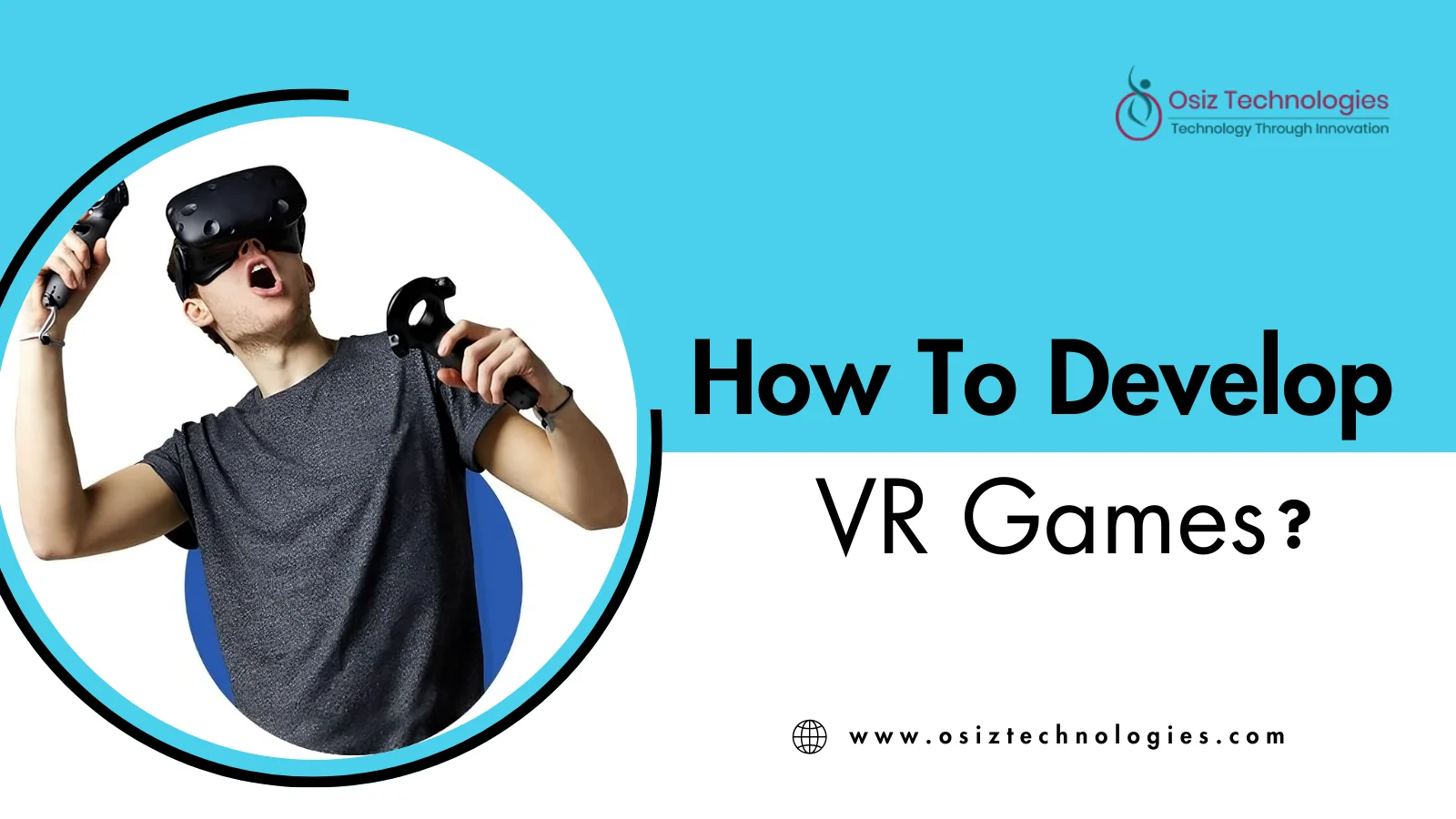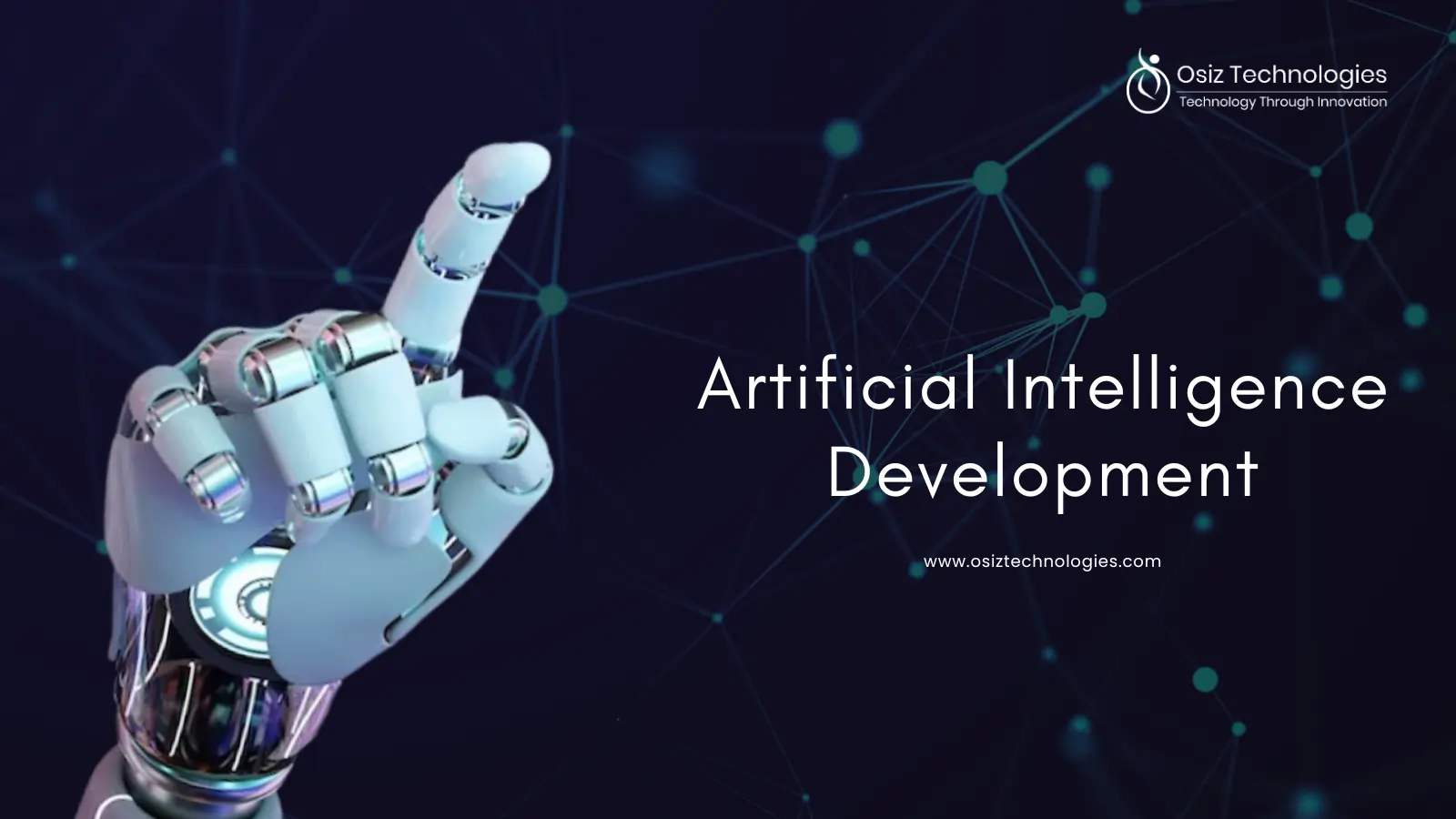As the world continues to advance, gradually moving forward into the immersive technology age, Virtual Reality or VR gaming has become one of the biggest exciting frontiers of the gaming industry. Osiz has rich experience in game development and can extend that now into VR games by helping to create fascinating virtual environments with the aid of advanced tools and frameworks. VR game development is much more complex than traditional game development since it deals with unique hardware, design considerations, and user experience. Let's see how Osiz considered the development process of a successful VR game.
Step 1: Knowing the VR Environment
Before developing your VR game, you must know the demands and opportunities of this space. VR technology offers interaction with the 3D environment-a much more interactive and engaging experience than traditional games. The basic difference here is that VR games can allow full sensory interaction, which elevates the level of the user experience. From a developer's viewpoint, this level of immersion needs to be fully exploited, but problems like motion sickness and hardware limitations need to be overcome.
Osiz first finds the target audience, the hardware platform such as Oculus, HTC Vive, or PlayStation VR, and then the kind of game we are going to make. Is this a puzzle, a first-person shooter, a simulation, or something else? We set down a proper foundation for a successful process of game development for VR.
Step 2: Game Design and Storyboarding
Game design in VR is entirely different. The key difference here is the lack of display screens. Players are no longer looking at a screen; they're inside the game. This sense of presence entails game mechanics, environments, and interactions that are well-designed to avoid discomfort while driving engagement.
At Osiz, detailed concept design and storyboarding initiate the whole process. Designers first work with fluid and intuitive interactions without overloading the user. The narrative needs to be engaging, and the mechanics have to be carried out to match the immersive nature of VR: spatial awareness, believable environments, and everything that would enhance games in this category. It happens to work well for VR when dynamic, interactive environments are utilized through tools such as Blender, Unreal Engine, and Unity.
Step 3: Choosing the Right VR Game Development Tools
VR game development involves specialized tools and platforms. On Osiz, we utilize the latest VR game development platforms, which have recently become the go-to choices for the industry: Unreal Engine 4 (UE4) and Unity, naturally. Both of them support robust developments through in-built physics, lights, animations, and rendering tools.
Unity is used for 2D and 3D game development. We mostly use this platform for our VR games. Unity is flexible, cross-platform, and has an asset store to quickly jump the game development in the VR field; it is easy to deploy in any appropriate platform. Unreal Engine 4 shines on the high-fidelity side with its suite of real-time 3D tools and high-end rendering.
Step 4: User Experience and Interaction Design
Development in VR-based games depends on intuitive interactions, which come intuitively to humans in a 3D space. It has ensured through Osiz that a player experience is cared for by carefully designing interaction mechanisms of motion controllers, gestures of hands, and navigation using just eyes. Since there is a bodily interaction of the players with the game world, smooth and precise control with zero lag is needed.
We also make much ado of the basic VR issues, including motion sickness. We design smooth locomotion systems, provide teleportation features, and ensure that the frame rates are always constant to avoid disorientation.
Step 5: Prototyping and Testing
Osiz insists on prototyping after the initial design and development. It helps in identifying a range of potential problems early and ensures that the game mechanics and interactions work well in a virtual environment. Prototyping usually involves designing a working version of the game with key features implemented, then putting it through its paces, checking for performance, user interaction, and immersion.
VR games have to be given rigorous testing before release to ensure that there are no errors in experience. With Osiz, iterative testing occurs through the incorporation of real users and focus groups. Testing lets the final product be well fine-tuned in aspects of gameplay, completing bugs, and creating responsive interaction, all for the end to bring a smooth and enjoyable experience.
Step 6: Implementation of Sound and Immersion
At Osiz, we utilize 3D spatial audio to bring out the immersive experience of VR. We give direction and presence in the game via sound. Be it footsteps, ambiance sounds, or interactive sound effects, we ensure that audio complements visual elements and enables a deeper immersion for the player in the game.
Another consideration would be the VR controllers' haptic feedback, which would allow players to feel as if they were executing in-game interactions through vibration and touch sensations. This form of sensory engagement makes the virtual world more tangible and interactive.
Step 7: Launch and Distribution of the Game
Finally, its deployment is included in the last stage of creating the game, and from then on, the game has been optimized and thoroughly tested. Osiz will make sure that the game has cross-platform compatibility. Whether it is Oculus, PlayStation VR, or more, it is up to us to pack, get certified, or publish, making the launch relatively hassle-free.
Support and updates must be continuously available for a game post-launch to maintain interest in it and to keep it relevant when technologies change. As a result of post-launch services by Osiz, such as bug fixing, performance updates, and adding new features, the game remains fresh and lively for the users.
Why Choose Osiz for VR Game Development?
There is so much detail in developing a VR game. Developing a VR game would involve specialized knowledge, tools, and attention to detail. Helping us to deliver great, high-quality VR games to players that captivate the world, Osiz, the best VR game development company, is committed to advancing the state of virtual experience using our strong experience in game development. By combining advanced technology available, elaborate designs, and user-focused development practices, we can give each VR game the utmost experience for all players around the world.
To Know More >> VR Game Development Company
Listen To The Article
Recent Blogs

X-Mas 30%
Offer










